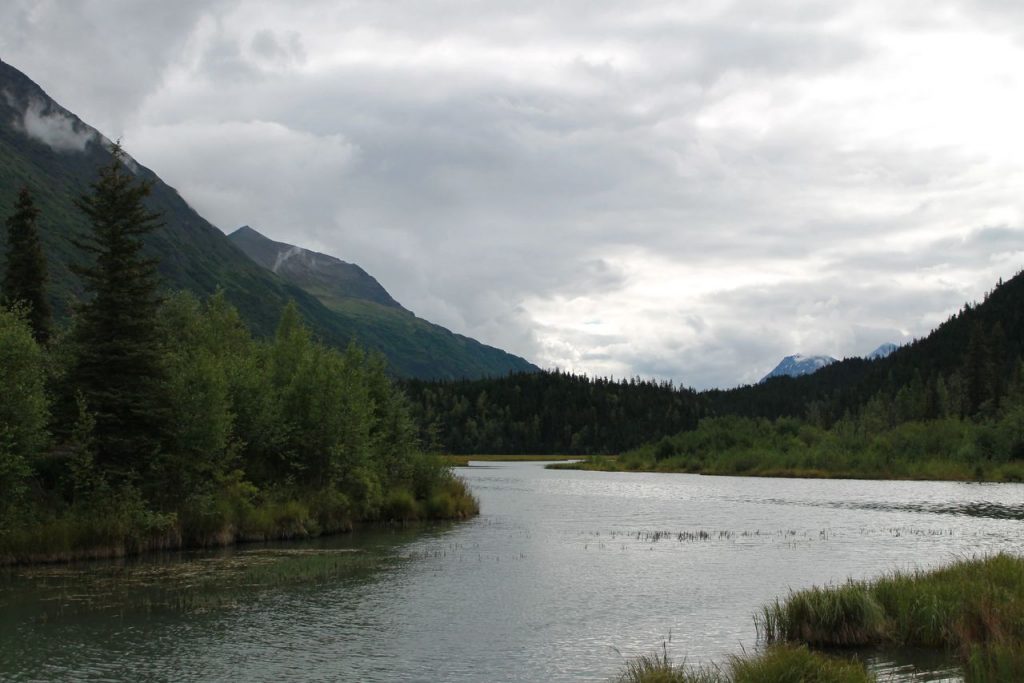Yes, this term was new to me as well, until I read this Washington Post article.
I suspect you’re well aware about the Surfside condominium collapse in Miami, right?
It turns out that BIPOC communities in Miami are on higher ground, away from the shores, where this condominium complex was located. Traditionally, with real estate, properties that are by the ocean are better priced because people value that more than being inland.
However, as far as higher ground goes in Florida, where the Surfside condos were, they were less impacted by hurricane after hurricane after hurricane. These condos were built because people were starting to escape the ravages of the shore.
That’s right, the value of property increased and is starting to drive out the BIPOC communities who were there because of redlining out from the neighborhood where they have lived for years.
This is important because we all have potential of being climate refugees. We are all at risk of being pushed or pulled out of neighborhoods where we live because of the climate emergency.
Here in New York City, you have to come uptown, Harlem (where I live) to get to higher ground. I wouldn’t be surprised, over time, to see even more non-Black/Latinx peoples living here because of climate change and the impact of flooding on New York City.
Much of the immigration at the U.S. southern border is the push of climate change – people are unable to grow the crops they rely on (corn) and are headed north.
I suspect we will see people moving from California further east as wildfires ravage the west coast.
Those of us in coastal eastern city will shift inland.
At some point, there will be no place to go.
Let me know your thoughts about this!
And if you would like my climate change posts before they show up on my blog, sign up for my newsletter!
